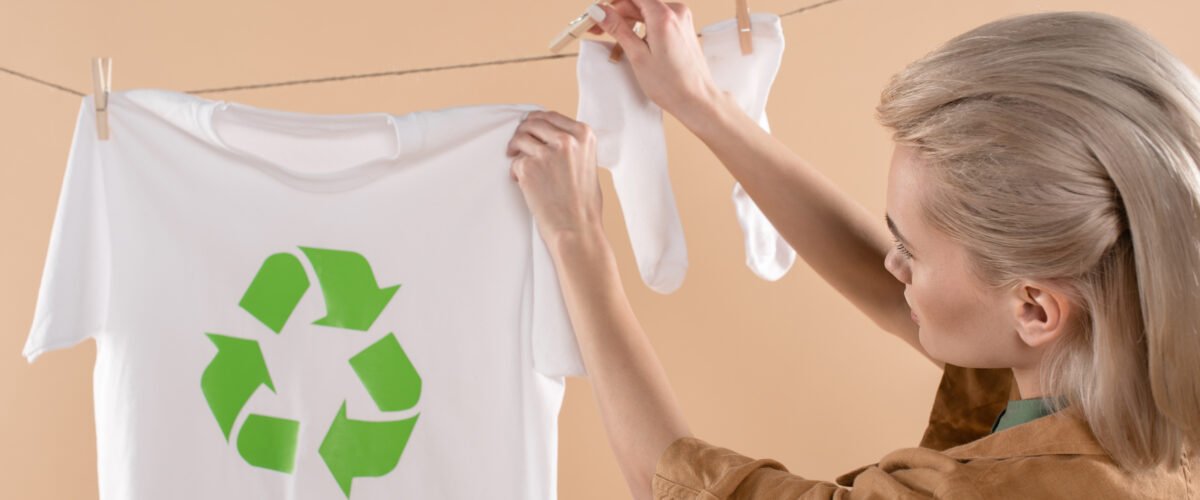How Fashion Can Be More Sustainable?
The fashion industry is one of the most dynamic and influential sectors globally, contributing significantly to economies and cultures. However, it is also notorious for its substantial environmental impact. From excessive water usage and pollution to the exploitation of labor and the generation of massive textile waste, the traditional fashion model is unsustainable. Addressing these challenges requires a multifaceted approach that spans from production to consumption. This blog explores how fashion can be more sustainable by focusing on sustainable materials, ethical labor practices, circular fashion, and consumer behavior.
Sustainable Materials
A fundamental shift towards sustainability in fashion begins with the materials used in clothing production. Traditional textiles like cotton and polyester have significant environmental footprints. Cotton farming is water-intensive and often involves harmful pesticides, while polyester, derived from petroleum, contributes to microplastic pollution. Sustainable alternatives include organic cotton, which is grown without synthetic pesticides and fertilizers, and recycled polyester, which reduces waste and resource consumption. Additionally, innovative materials such as Tencel (made from sustainably sourced wood pulp) and Piñatex (derived from pineapple leaf fibers) offer eco-friendly options. The adoption of these materials can drastically reduce the environmental impact of fashion products.

Ethical Labor Practices
Sustainability in fashion is not limited to environmental considerations; it also encompasses social responsibility. The fast fashion industry is often criticized for poor labor practices, including low wages, unsafe working conditions, and child labor. To foster a more sustainable fashion industry, brands must commit to ethical labor practices. This involves ensuring fair wages, safe working environments, and respect for workers’ rights. Certifications like Fair Trade and SA8000 provide frameworks for ethical labor standards. Transparency in the supply chain is crucial, allowing consumers to make informed choices about the brands they support.
Circular Fashion
The concept of circular fashion promotes a system where clothing is designed, produced, and consumed in a way that extends its lifecycle. This approach contrasts sharply with the traditional linear model of “take, make, dispose.” Circular fashion involves several strategies: designing for durability, repairing and upcycling, and recycling. Designing garments that are high-quality and timeless reduces the frequency of purchases. Repair and upcycling initiatives encourage consumers to fix and creatively repurpose old clothes rather than discarding them. Finally, recycling programs transform old garments into new textiles, closing the loop and minimizing waste. Brands like Patagonia and Eileen Fisher have pioneered these practices, demonstrating their viability and consumer appeal.
Consumer Behavior
Ultimately, the sustainability of fashion depends significantly on consumer behavior. Consumers have the power to drive change through their purchasing decisions. Educating consumers about the environmental and social impacts of their clothing choices can foster more sustainable habits. For instance, opting for quality over quantity, supporting brands with transparent and ethical practices, and participating in second-hand markets are impactful actions. Moreover, proper care of clothing, such as washing at lower temperatures and avoiding tumble drying, can extend the lifespan of garments and reduce their environmental footprint.
Technological Innovation
Technological advancements play a crucial role in making fashion more sustainable. Digital solutions, such as 3D printing and AI-driven design, enable more efficient use of materials and customization, reducing waste. Blockchain technology enhances supply chain transparency, ensuring that ethical practices are verifiable and traceable. Additionally, innovations in dyeing techniques, such as waterless dyeing, minimize water and chemical usage. These technologies are essential in creating a more sustainable fashion industry that meets the demands of modern consumers without compromising environmental and social integrity.
Policy and Regulation
Governments and regulatory bodies also have a significant role in promoting sustainable fashion. Implementing regulations that enforce environmental and labor standards can drive industry-wide changes. Policies such as extended producer responsibility (EPR) require brands to take accountability for the entire lifecycle of their products, encouraging recycling and waste reduction. Incentives for sustainable practices, such as tax breaks or grants for eco-friendly innovations, can further accelerate the transition to sustainable fashion.
The path to a sustainable fashion industry is complex and requires concerted efforts from all stakeholders, including brands, consumers, and policymakers. By embracing sustainable materials, ethical labor practices, circular fashion, and leveraging technological innovations, the fashion industry can significantly reduce its environmental and social impact. Educating consumers and implementing supportive policies will further enhance these efforts, leading to a more sustainable future for fashion. As the industry evolves, continued commitment and collaboration will be essential to achieving lasting change and ensuring that fashion remains a force for good.










Recent comments
-

Shiblee
Great writings
Add a comment...